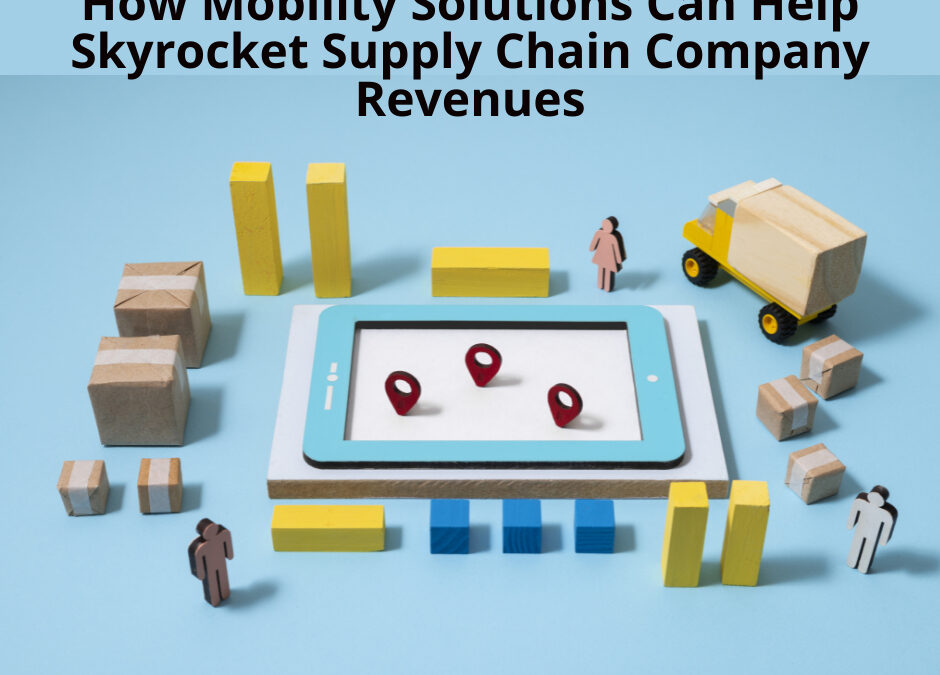A mobility solution is a comprehensive approach to solving transportation problems by leveraging technology and innovation. It typically involves integrating various modes of transportation, such as public transit, ride-sharing services, carpooling, bike-sharing, and walking, to provide safe, efficient, and sustainable transportation options for individuals and communities.
Mobility solutions typically use digital technologies and data analysis to optimize transportation services and improve the user experience. For example, mobility solutions can use real-time traffic data to help drivers avoid congested areas or provide accurate travel time estimates. They can also use mobile apps to allow users to plan their trips, purchase tickets, and access information about transit services.
Overall, mobility solutions are designed to make transportation more efficient, accessible, and environmentally friendly while also improving the quality of life for people by reducing traffic congestion, improving air quality, and increasing access to jobs, education, and healthcare.
Mobility Solution in the Supply Chain?
Mobility solutions are focused on providing efficient and sustainable transportation options for people. At the same time, supply chain management is focused on managing the flow of goods and services from the point of origin to the point of consumption. While there may be some overlap in logistics and transportation, the goals and focus of these two areas are quite different.
However, mobility solutions can be essential to supply chain management, particularly in transportation and logistics. Effective mobility solutions can improve the efficiency and sustainability of transportation networks, which can benefit supply chain management by reducing transportation costs and improving delivery times.
While mobility solutions and supply chain management are distinct areas, they can work together to create a more efficient and sustainable transportation ecosystem that benefits both people and businesses.
Mobility solutions can play an important role in supply chain management by improving transportation efficiency and optimizing logistics. Here are a few ways mobility solutions can be applied in the supply chain:
- Last-mile delivery: One of the biggest challenges in the supply chain is delivering products to customers promptly and cost-effectively. Mobility solutions, such as drones, autonomous vehicles, and delivery robots, can help to improve last-mile delivery by reducing delivery times and costs.
- Route optimisation: Mobility solutions can help to optimise supply chain logistics by identifying the most efficient routes for transportation. By using real-time data on traffic patterns and weather conditions, mobility solutions can help to reduce transportation times and costs while also minimizing the environmental impact of transportation.
- Inventory management: Mobility solutions can also improve inventory management by providing real-time visibility into inventory levels and locations. This can reduce inventory carrying costs and improve order fulfillment times.
- Sustainability: Mobility solutions can also contribute to sustainability in the supply chain by reducing emissions and waste. For example, electric vehicles and low-emission delivery trucks can help to reduce greenhouse gas emissions, while intelligent waste management systems can help to reduce waste and improve recycling.
Mobility solutions can be a powerful tool for optimizing supply chain management and improving transportation and logistics efficiency, sustainability, and cost-effectiveness. If you want to develop an app for your supply chain business, you can directly consult the android app development company to learn more.
Enterprise mobility solutions can offer several advantages to supply chain organizations, including:
- Increased efficiency: Enterprise mobility solutions can streamline supply chain operations by providing real-time data on inventory, delivery schedules, and transportation routes. This can help to reduce lead times and improve order fulfilment rates, resulting in increased efficiency and productivity.
- Improved visibility: Enterprise mobility solutions can also provide supply chain organisations with greater visibility into their operations, enabling them to monitor inventory levels, track shipments, and identify potential issues in real-time. This can help to reduce the risk of stockouts and improve customer satisfaction.
- Enhanced collaboration: Enterprise mobility solutions can facilitate collaboration between different departments and stakeholders in the supply chain, including suppliers, logistics providers, and retailers. This can help to improve communication, reduce errors, and increase efficiency.
- Better decision-making: Enterprise mobility solutions can provide supply chain organisations with data-driven insights that can be used to make better decisions. For example, analytics tools can be used to identify trends in customer demand, allowing organizations to adjust their inventory levels and delivery schedules accordingly.
- Increased agility: Finally, enterprise mobility solutions can help supply chain organisations to be more agile and responsive to changing market conditions. By providing real-time data and insights, mobility solutions can help organizations to quickly adjust their operations to meet changing customer demands and market conditions.
Overall, enterprise mobility solutions can offer significant benefits to supply chain organisations, helping to increase efficiency, visibility, collaboration, decision-making, and agility.
Enterprise mobility solutions can play a critical role in helping supply chain companies achieve higher levels of customer satisfaction by improving delivery times and aiding with demand forecasts. With the help of mobility solutions, customers can easily book orders online, and companies can enhance their services with carrier allocation management, order management, and recovery and capacity forecasting. Hiring a professional team of mobile app developers can obtain a robust and scalable mobile solution that can improve customer service, increase employee efficiency, and accelerate business processes, putting you ahead of your competitors.
Conclusion:
Mobility solutions and supply chain management are distinct but related areas that can work together to create a more efficient and sustainable transportation ecosystem. Mobility solutions, including drones, autonomous vehicles, and delivery robots, can help to improve last-mile delivery, route optimisation, inventory management, and sustainability in the supply chain. Enterprise mobility solutions can also benefit supply chain organisations significantly, including increased efficiency, visibility, collaboration, better decision-making, and agility. As such, leveraging mobility solutions in the supply chain can help organizations to optimise their operations, reduce costs, and improve customer satisfaction, ultimately leading to a more competitive and sustainable business.


